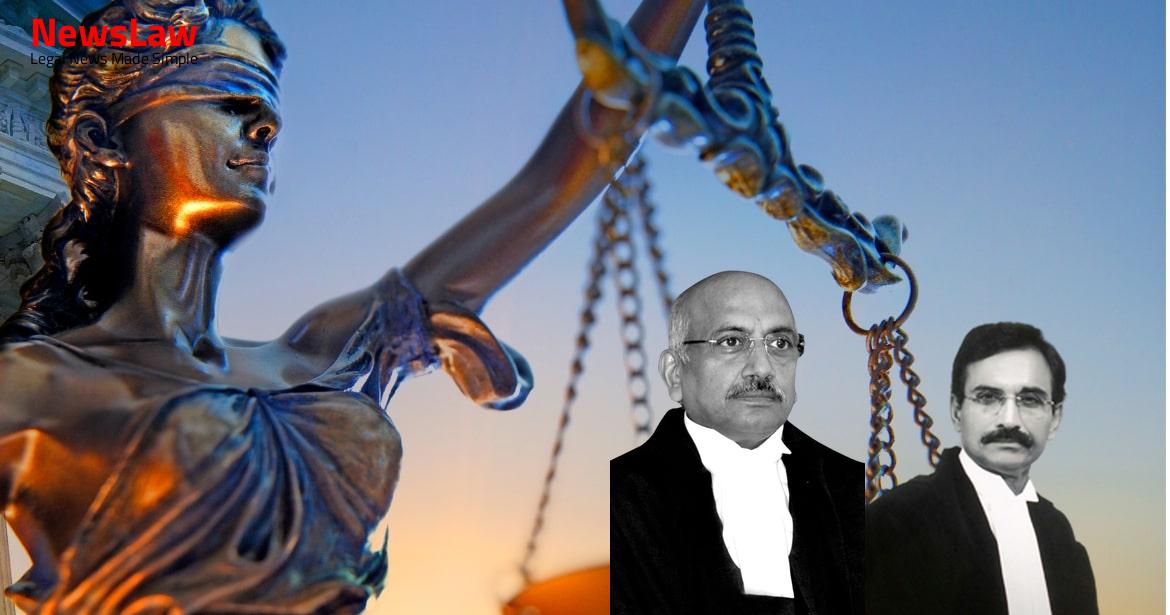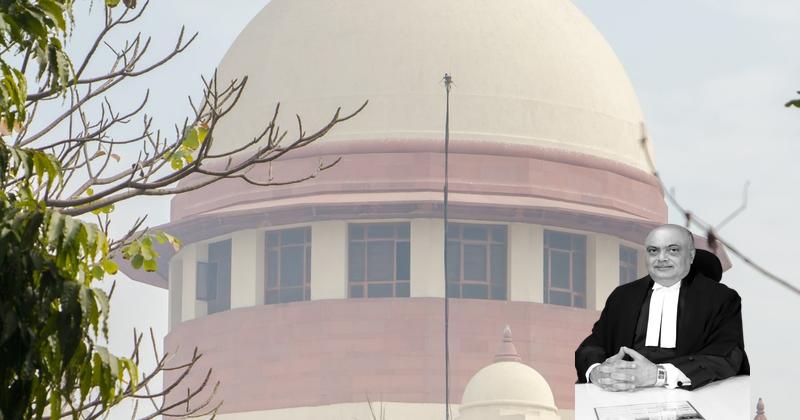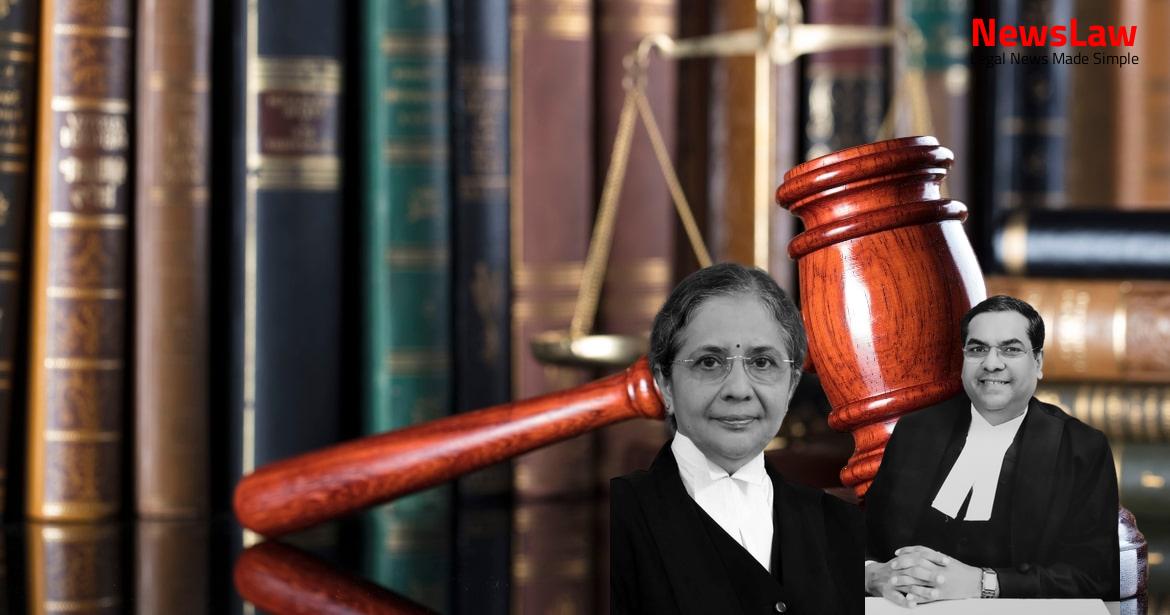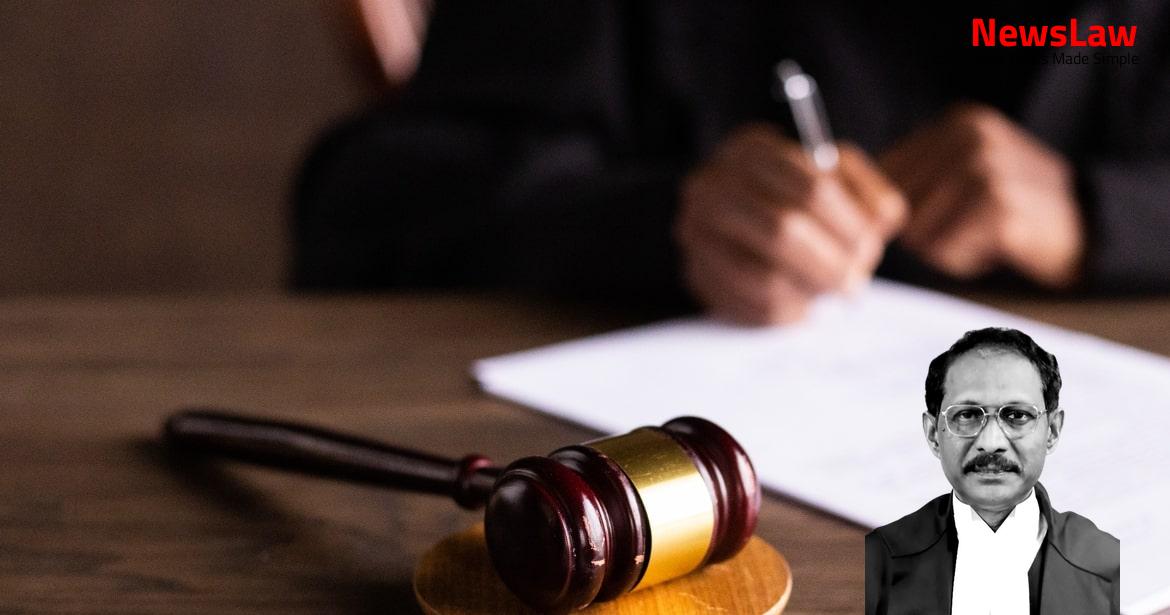In a recent significant legal case, the Supreme Court of India examined the promotion policy challenge related to the selection criteria for the rank of Air Vice Marshal in the Indian Air Force. The case involved the appellant’s challenge against the rearrangement of the merit list in order of seniority for promotions. The judgment delves into the principles of merit and seniority in promotion policies, citing precedents such as Ajit Singh & Ors. v. State of Punjab & Ors. and Union of India & Anr. v. Major General Manoj Luthra & Ors. Explore the nuances of promotion criteria and legal implications in the armed forces.
Facts
- The appellant, an Air Commodore in the Indian Air Force, was considered for promotion to the rank of Air Vice Marshal.
- He, along with nine other officers, competed for five vacancies in the rank of Air Vice Marshal.
- The Armed Forces Tribunal, Principal Bench, New Delhi, dismissed the Original Application filed by the appellant.
- The Tribunal also denied leave to appeal to the Supreme Court under Section 31(1) of the Armed Forces Tribunal Act, 2007.
Also Read: Supreme Court Ruling on Dowry Harassment and Suicide Case
Arguments
- Appellant was first in the merit list but placed at Sl. No 3 in seniority in the select list of four officers.
- Appellant sought promotion to the rank of Air Vice Marshal based on merit list prepared by Promotion Board, challenging the policy of rearranging the merit list in order of seniority.
- Appellant was not promoted to Air Vice Marshal before superannuation as vacancies arose after his retirement.
- Argument made by appellant’s counsel that promotion to the rank of Air Vice Marshal is based on ‘merit-cum-seniority’ principle.
- Counsel relied on judgments in Ajit Singh & Ors. v. State of Punjab & Ors. and Union of India & Anr. v. Major General Manoj Luthra & Ors. to support the argument.
- The Tribunal’s decision was affirmed by the Court while examining promotion policies for Major General in the Armed Forces Medical Services.
Also Read: Case of Technical Equipment Officer Appointment Criteria Dispute
Analysis
- The appellant’s grievance was based on lost promotion chances due to attaining superannuation before the vacancy arose.
- Promotion policy entails preparation of a merit list followed by rearrangement of officers in order of seniority for selection.
- The policy ensures shortlisting of candidates within the zone of consideration, with final promotion based on seniority among selected candidates.
- Court rulings emphasize the right to be considered for promotion within eligibility and zone criteria, highlighting the fundamental right to promotion consideration.
- Policy does not specify ‘merit-cum-seniority’ or ‘seniority-cum-merit’ but focuses on merit list preparation and seniority-based promotion.
- State’s power to set quotas for promotion was upheld as not violating equality provisions in the Constitution.
- Court precedent discouraged interference unless promotion procedures were found arbitrary or against fair play principles.
- Promotion policy’s applicability to all officers in the zone of consideration was deemed legal and rational, not warranting judicial review.
- Appellant was estopped from challenging the policy after participating in the selection process based on it, following legal precedents on estoppel.
- Policy was found legal without illegality grounds for interference, as ruled by the Tribunal.
- Policy’s impact on promotion chances was not considered as varying a condition of service, prompting a scrutiny of promotion criteria.
- The focus was on determining if promotions were based on ‘merit-cum-seniority’ or ‘seniority-cum-merit’ and adherence to eligibility, procedure, and seniority principles for promotions.
- Appellant’s challenge against the policy based on ‘merit-cum-seniority’ was rooted in the contrary promotion condition of seniority after shortlisting, seen as not aligning with promotion principles.
- Statutory nature of the Army Order on Promotion Policy was noted with the challenge centering on the purported ‘merit-cum-seniority’ basis versus the seniority-driven promotions after shortlisting.
- Promotion Policy has not been struck down by the Court.
- Appellant participated in the selection process and is estopped from challenging the policy.
- A consolidated Promotion Policy was introduced in 2008 to address older age profile issues.
- Merit-based system for promotion at senior levels was implemented.
- Norms and criteria for promotion to Air Marshal were fixed in the policy.
- Merit list preparation based on AR Marks and Board Marks.
- Tribunal upheld the validity of the Promotion Policy.
- Policy based on ‘seniority-cum-merit’ principle.
- Names of officers rearranged based on seniority for promotions.
- Promotion to Air Vice Marshal regulated by Circular dated February 20, 2008.
- Policy provides equal opportunities to officers within the zone of consideration.
- Lack of vacancy not a ground to strike down the Promotion Policy.
Also Read: Supreme Court Judgement on Transfer of Mining Environmental Clearances
Decision
- The appeal was dismissed.
- The specific part of the judgment relating to RPC was heard and considered.
- No further actions were taken following the dismissal of the appeal.
Case Title: AIR CMDE NAVEEN JAIN Vs. UNION OF INDIA .
Case Number: C.A. No.-003019-003019 / 2017



